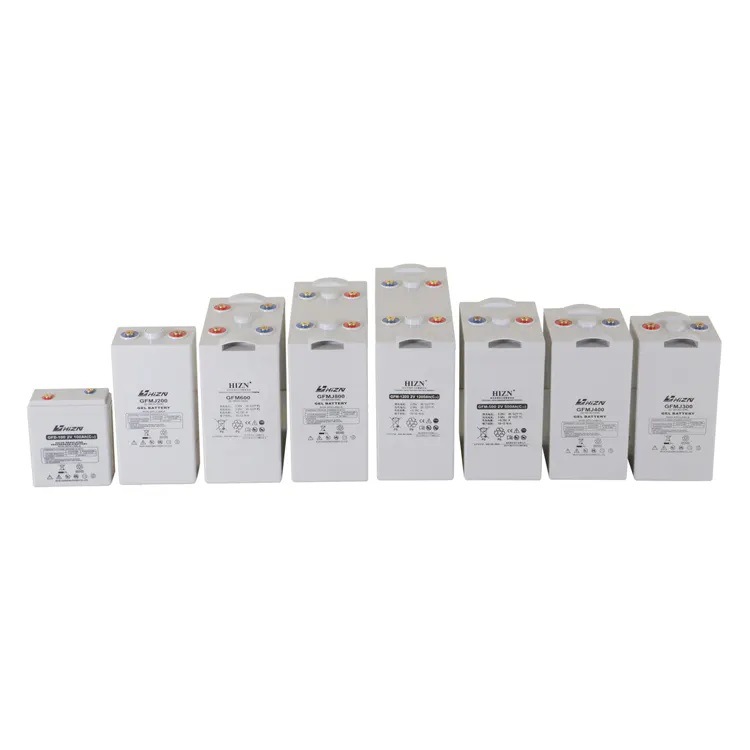OPzV batteries, also known as valve-regulated lead-acid (VRLA) batteries, are a type of sealed lead-acid battery that uses a gel electrolyte instead of a liquid electrolyte. The casing for an OPzV battery must meet specific requirements to ensure safe and reliable operation.
- Material: The casing material must be durable and resistant to corrosion, as it will be in contact with the battery’s electrolyte. Common materials used for OPzV battery casings include high-quality plastics or other non-corrosive materials.
- Sealing: The casing must be completely sealed to prevent the escape of the gel electrolyte. This is important for maintaining the battery’s internal pressure and preventing the ingress of contaminants.
- Valve: The casing must include a pressure-relief valve or vent to allow excess gas to escape in the event of overcharging or other conditions that could cause pressure buildup inside the battery.
- Terminal Seals: The casing must have seals around the terminals to prevent the escape of electrolyte and to maintain the battery’s internal pressure.
- Terminal Design: The casing must accommodate the battery’s terminal design, which typically includes threaded or bolt-style terminals for secure connections.
- Size and Shape: The casing must be designed to accommodate the specific size and shape of the battery cells and plates, ensuring a proper fit and alignment of components.
- Accessibility: The casing should allow for easy access to the battery terminals for installation and maintenance purposes.
- Safety Features: The casing may include additional safety features, such as flame-retardant materials or insulation to protect against short circuits or other hazards.
- Compliance: The casing must meet relevant industry standards and regulations for safety, performance, and environmental impact.
In summary, the requirements for an OPzV battery casing include durability, sealing, pressure relief, terminal seals, proper sizing and shaping, accessibility, safety features, and compliance with industry standards. These requirements ensure that the battery operates safely and reliably in a variety of applications.


